#faience
Text
Egyptian blue, an #ancient pigment, is believed to date thousands of years, showcasing early human #creativity of the ancient #Egyptians. Used in Egyptian #art, its durability and vibrant color endured for millennia.
Beyond Egypt, traces of Egyptian blue appeared in #Greek and Roman art, hinting at its widespread influence. While its production method faded with the Roman Empire's decline, 19th-century #rediscovery sparked modern scientific interest.
In the modern age, researchers have #uncovered its unique properties, including infrared light emission and nanosheet formation, opening avenues for contemporary applications like biomedical imaging and communication #technology. Egyptian blue's journey from ancient masterpiece to modern marvel underscores its enduring #legacy in human innovation and cultural heritage.
28 notes
·
View notes
Text
Something must be wrong with me, I haven't talked about the beadnet dress in forever.
It consists of seven thousand faience beads in blue green and blue to imitate turquoise and lapis lazuli. It is 4600 years old (the threading is modern, but the beads were found in their original pattern so this reconstruction is as accurate as it can be). It is one of the most gorgeous garments in existence and was owned by a woman who was a contemporary of king Khufu.

The dress was found in her tomb in Giza, known as Tomb G 7440 Z, and it's the earliest known garment of this type.
#faience#faience friday#ancient egypt#faience beadwork garments in general are the shit#i'll post senebtisy's garments next week
23K notes
·
View notes
Text
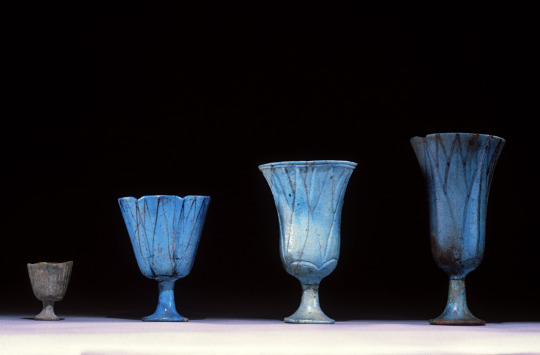
Egyptian Lotus-Shaped Chalices, ca. 1290-1070 BC (New Kingdom), part of the Walters Art Museum Collection
The blue lotus is represented in numerous New Kingdom faience chalices. The Egyptian name for these chalices was the same as the word for lotus flower: "seshen."
823 notes
·
View notes
Text
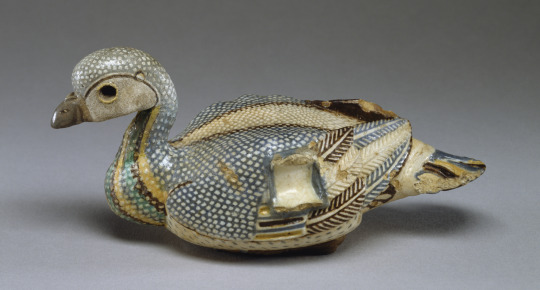
Vase in the shape of a duck, Ptolemaic Egypt (c. 3rd-2nd century BCE; crafted in Alexandria), faience wit a polychrome glaze
Currently in the collection of the Walters Art Museum in Baltimore, Maryland. accession no. 48.421
#isaac.txt#archaeology#art#egyptian archaeology#egypt#egyptology#hellenistic#ptolemaic egypt#faience
2K notes
·
View notes
Text

Naos sistrum made of Faience with Hathor’s Face
275 notes
·
View notes
Text
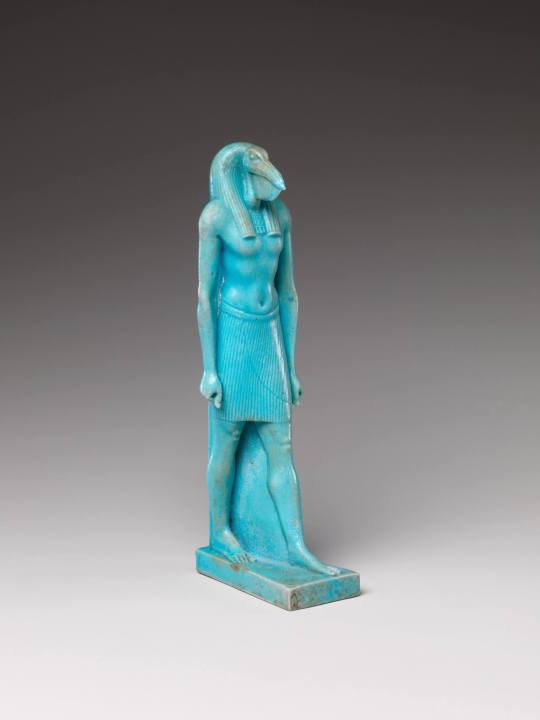
Striding Thoth
Ptolemaic Period, ca. 305-30 BC.
Egyptian faience.
Met Museum. 26.7.860
226 notes
·
View notes
Text

ring with figure of seated cat
New Kingdom, 18th Dynasty, ca. 1390 BC. Egyptian faience. Now in the Art Institute of Chicago. X80
911 notes
·
View notes
Text

Ancient Egyptian faience inlay depicting a falcon with spread wings. Artist unknown; 4th cent. BCE (Late Period or early Ptolemaic). Now in the Metropolitan Museum of Art.
#art#art history#ancient art#Egypt#Ancient Egypt#Egyptian art#Ancient Egyptian art#Late Period#Ptolemaic#Ptolemaic Egypt#Ptolemaic art#animals in art#birds of prey#falcon#inlay#faience#Metropolitan Museum of Art
888 notes
·
View notes
Text
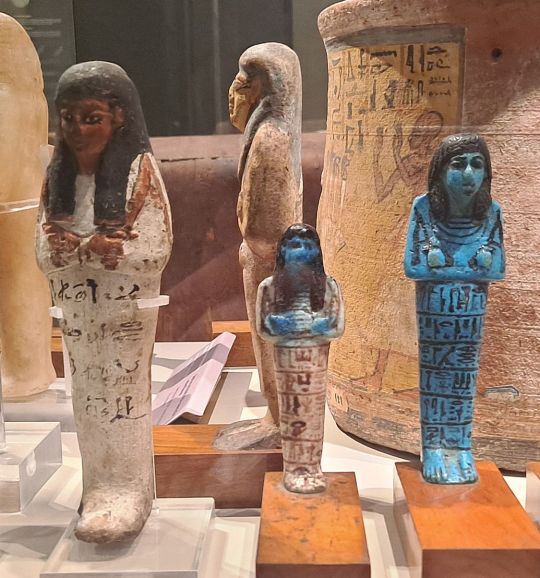
Funerary figurines
* Shabti of Paankh with inscription on cursive script. Bakerd clay, New Kingdom, 19th dynasty (1292-1190 BCE)
* Two shabtis of Userhat, scribe of Amon. Faience, New Kingdom, 19th-20th dynasty (1292-1076 BCE)
* Turin Egyptian Museum
Turin, June 2023
#Egypt#figurine#ancient#funerary#art#faience#ancient colours#13th century BCE#12th century BCE#11th century BCE#Turin Egyptian Museum#my photo
81 notes
·
View notes
Text
#HedgehogWeek 🦔:
All hedgehogs are capable of volvation aka conglobation - aka, they can roll up into an armored ball in defense. 🙂
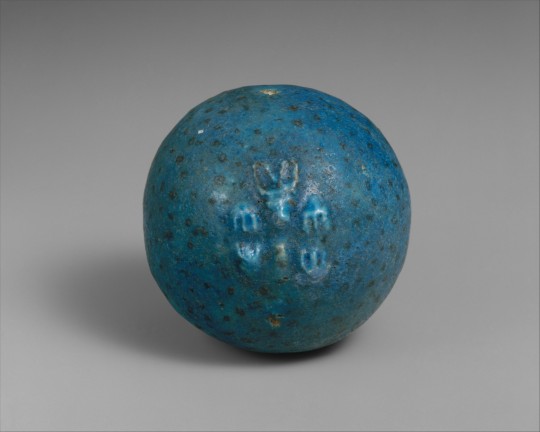
Hedghog
Egypt, New Kingdom, Dynasty 18, c. 1550–1450 BCE
Faience, diameter 5.8cm
Metropolitan Museum of Art, New York
The Metropolitan Museum of Art, New York: https://metmuseum.org/art/collection/search/544054
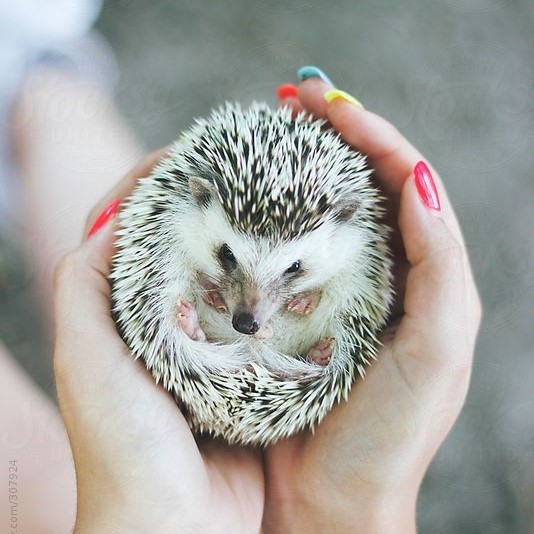
Photo via Stocksy United on Pinterest
#hedgehog#volvation#conclobation#mammalogy#zoology#animal defenses#ancient Egyptian art#faience#ceramics#New Kingdom Egypt#ancient art#animal holiday#Hedgehog Week#Hedgehog Awareness Week#Metropolitan Museum of Art New York#animals in art
270 notes
·
View notes
Text

An Egyptian faience chalice, 900s-600s BCE. It depicts various agricultural activities; on the top, a man wrangles animals, while on the bottom people navigate the marshlands of Egypt.
{WHF} {Ko-Fi} {Medium}
387 notes
·
View notes
Text
since it's nighttime here are some ancient egyptian faience star amulets to brighten your dash
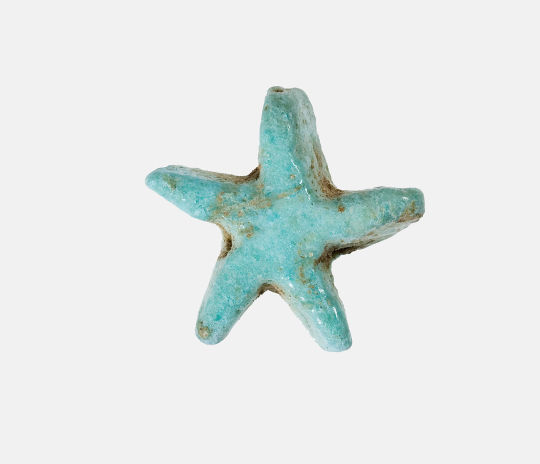
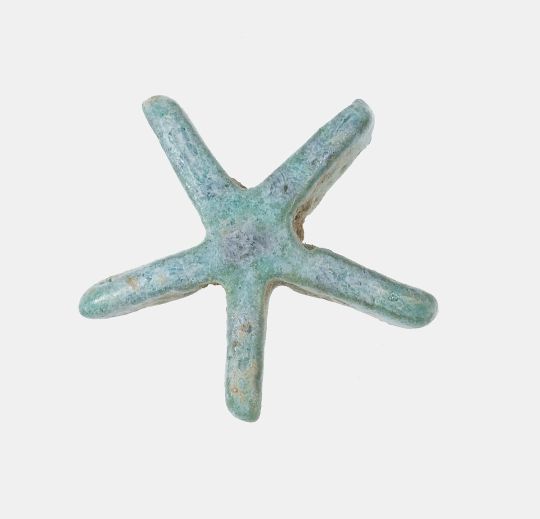

one for every hour of the night
2K notes
·
View notes
Text

Amulet depicting goddess Sekhmet, Third Intermediate Period, part of the British Museum’s collection
Glazed composition amulet of Sekhmet: represented as a seated woman with maned lion's head moulded in bright blue glazed composition. Her long hair is divided by the shoulders and she wears a full-length dress. Anklets, armlets and bracelets are picked out in a darker blue glaze. She sits on an openwork block throne, decorated on each side with representations of stellar decans in the form of snakes. On her knee, Sekhmet holds a shrine shaped sistrum or rattle and across her chest carries a papyrus scepter whose long stem runs to her ankles. The green sappy papyrus was symbolic of new life and a sceptre in its shape is only found in the hands of goddesses.
The presence of the sistrum, a musical instrument connected with merrymaking, suggests the lion-headed goddess may represent Bastet in her original fearsome form. As an amulet it would have been worn to show particular devotion and to place the wearer under the protection of the great goddess.
263 notes
·
View notes
Text
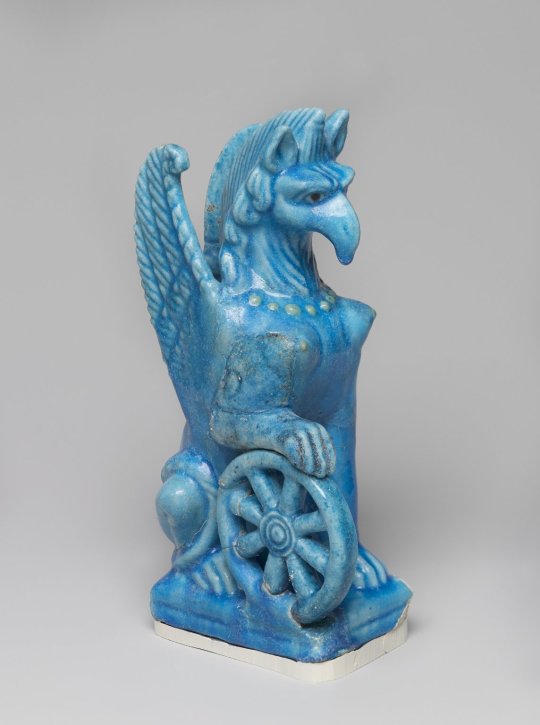
statuette of Nemesis in the form of a female griffin with wings, Roman Egypt (2nd century CE), earthenware and blue faience with yellow faience necklace and black and white glazed eyes
currently in the collection of the Brooklyn Museum (accession no. 53.173)
#isaac.txt#archaeology#egyptology#egypt#egyptian archaeology#roman egypt#roman#art#nemesis#earthenware#faience#brooklyn museum
393 notes
·
View notes
Text

Ancient Egyptian ring with a cat and kittens, Faience. XIII-VII centuries. B.C.
254 notes
·
View notes
Text

~ Winged Scarab Amulet.
Date: 664 B.C.–332 B.C.
Medium: Faience
#ancient#ancient art#history#museum#archeology#ancient egypt#ancient sculpture#ancient history#archaeology#Egypt#Egyptian#egyptology#winged scarab amulet#scarab#amulet#faience#664 b.c.#332 b.c.
2K notes
·
View notes